History of San Miguel de Allende
The origin of San Miguel de Allende can be traced back to 1542 when the Franciscan friar Juan de San Miguel established the first settlement near the La Laja River, on the outskirts of the present town, with the name of San Miguel el Grande (in reference to the archangel), or San Miguel de los Chichimecas (the native population) Izcuinapan. The place served as a stop on the transport stage of minerals from Zacatecas to Mexico City, known as the Old Royal Road or silver route.
In fact, the harassment of the Chichimeca natives caused the population to move to the present site in 1555, where the Chorro springs were located. The Viceroy's agreement with the Indians allowed them to continue to govern themselves while respecting the community of Spanish settlers who had benefited from the granting of land for cultivation.
The insurgent Ignacio Allende, who together with Miguel Dolores Hidalgo, author of the famous cry, was originally from this city and their bodies were executed and exhibited in the Alhóndiga de las Granaditas in Guanajuato.
source: Instituto de investigaciones históricas, UNAM
Here, the considered heroes of Mexican independence, plotted and conspired together with other legendary names of the struggle against the Spaniards, such as the Aldama brothers or Francisco Lanzagorta.
In honor of Ignacio Allende in 1826 the town was renamed San Miguel de Allende. The arrival of the 20th century meant a depopulation of the territory, agriculturally ruined and punished by the confrontations during the Mexican Revolution. However, in the 50's, the tourist boom came from American citizens who settled with their families thanks to the creation of the Instituto Bilingüe Allende that certified the quality of English teaching. The mild climate, the thermal baths of the area and the quality of life made it an ideal destination for many wealthy families, which at the same time meant an unparalleled increase in the price of properties and buildings.


